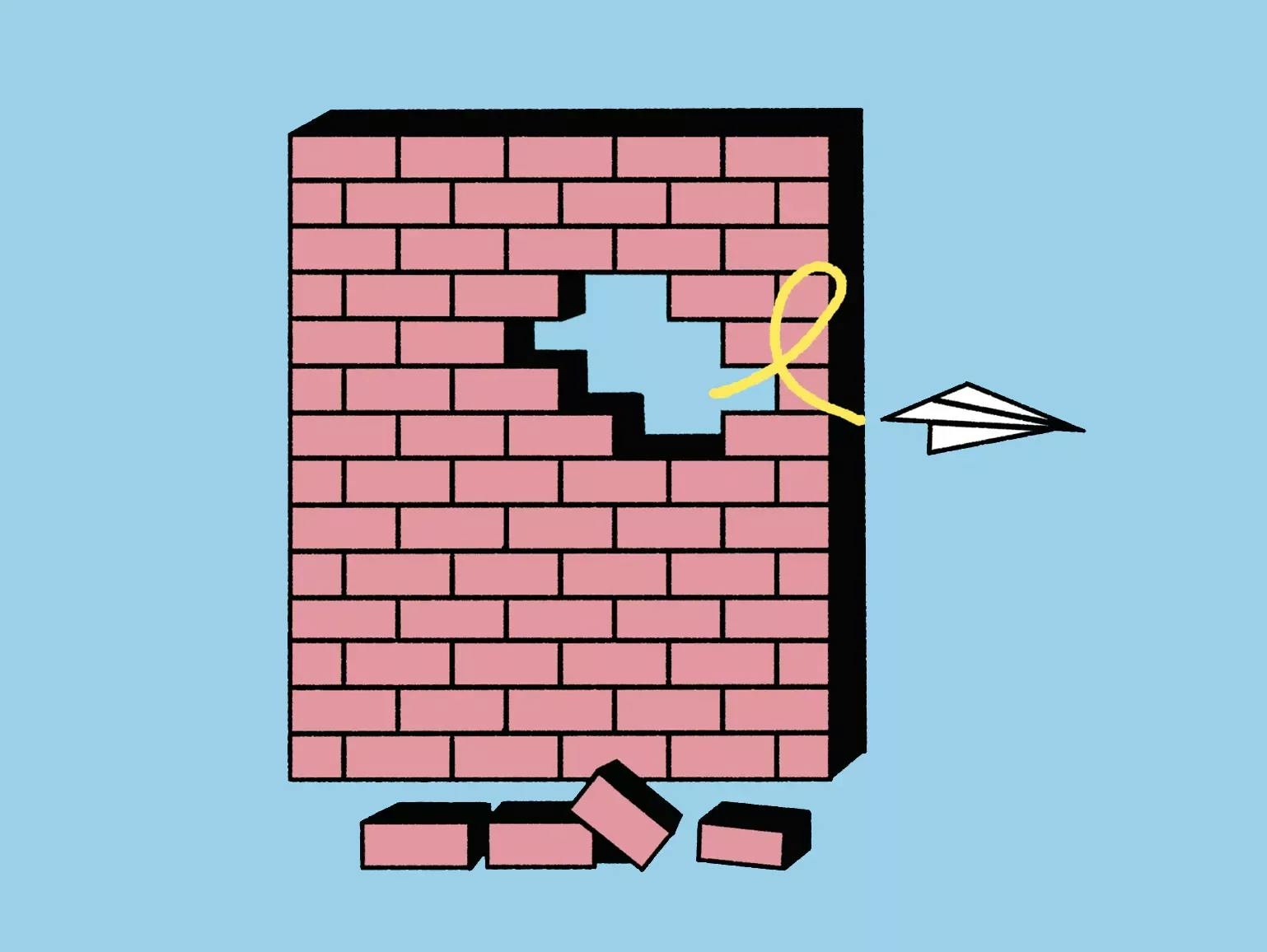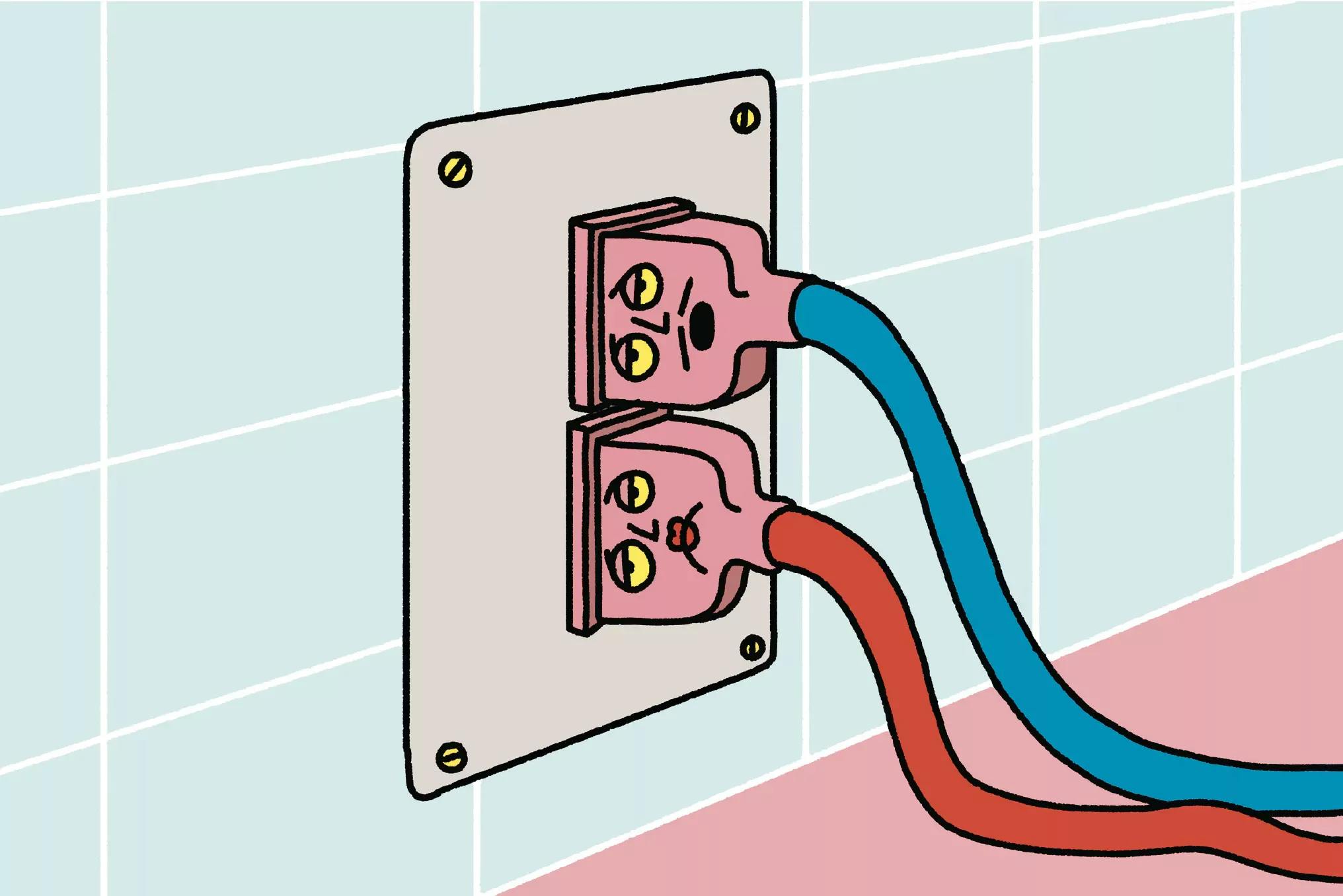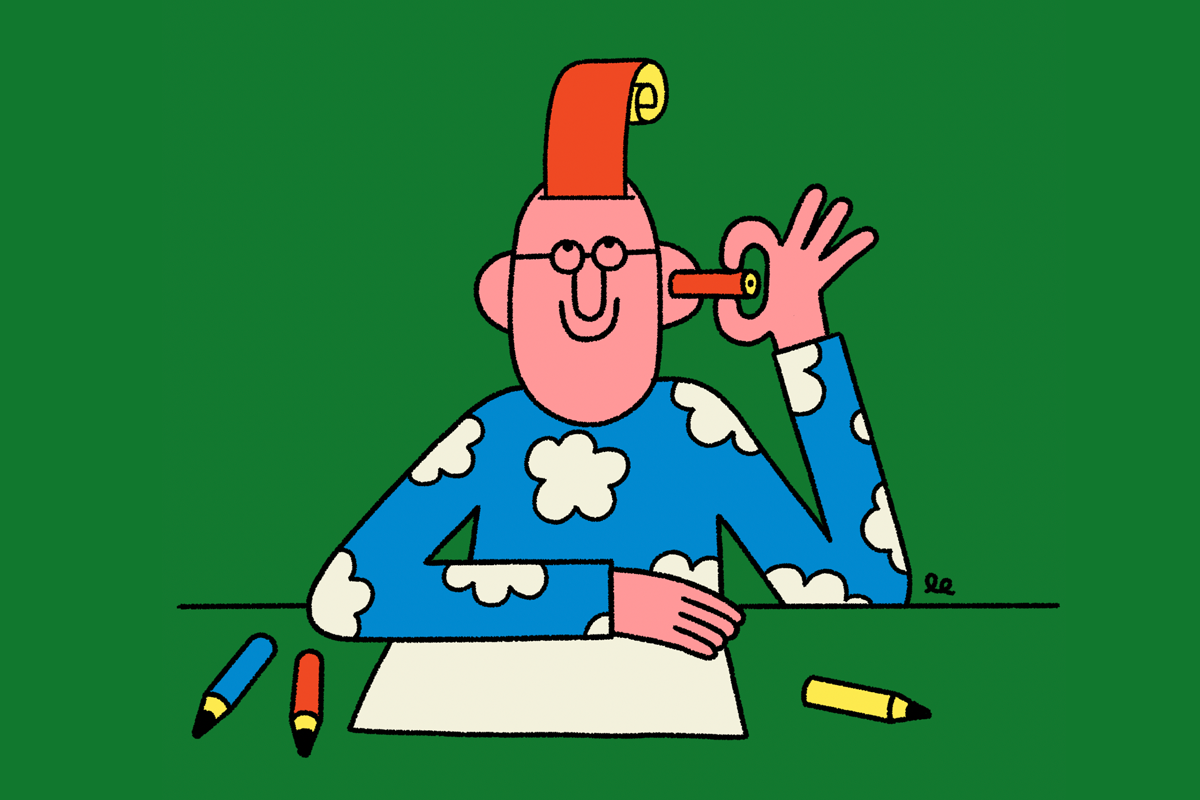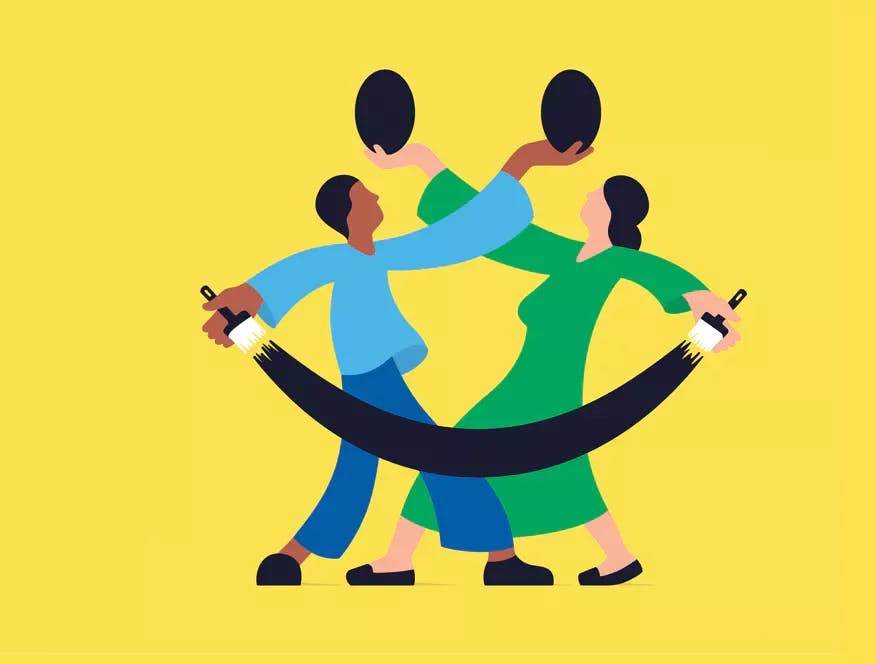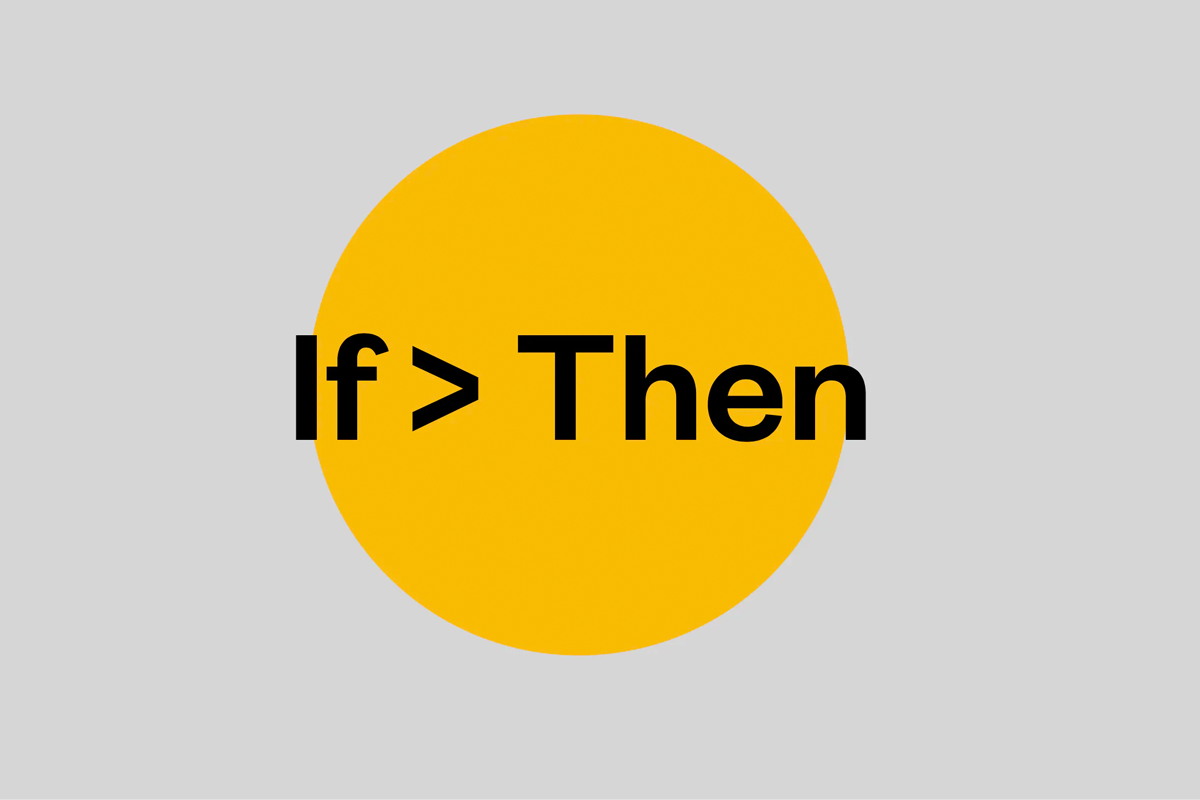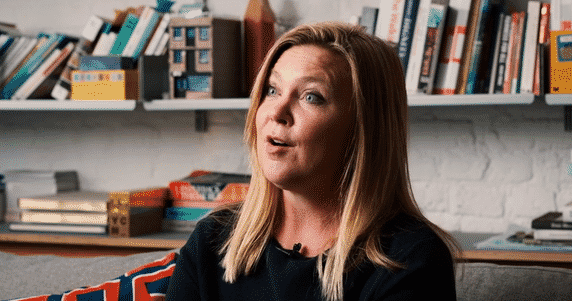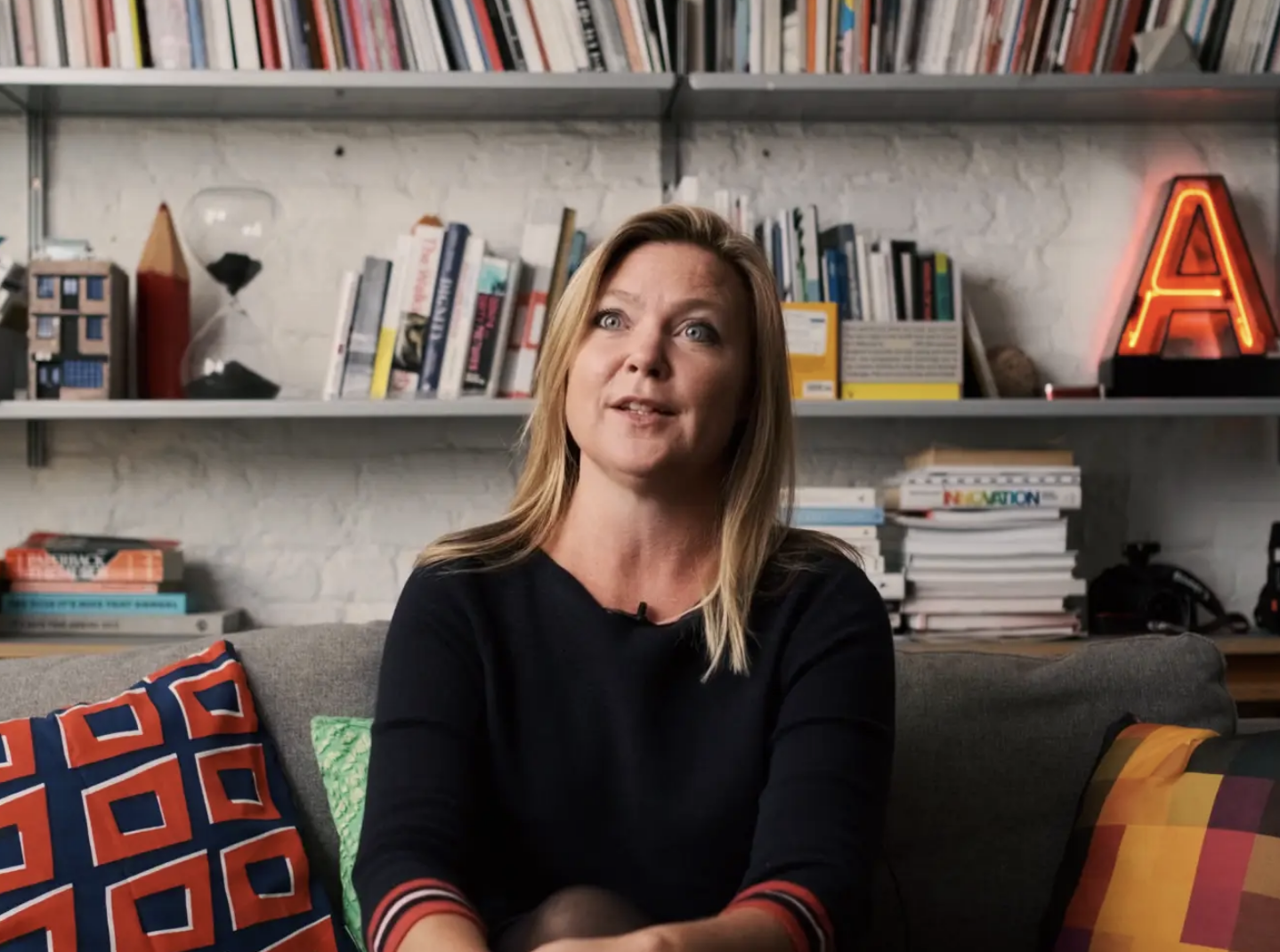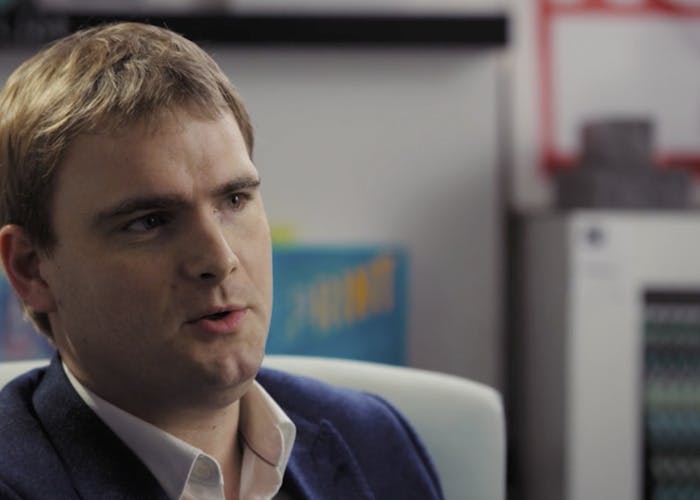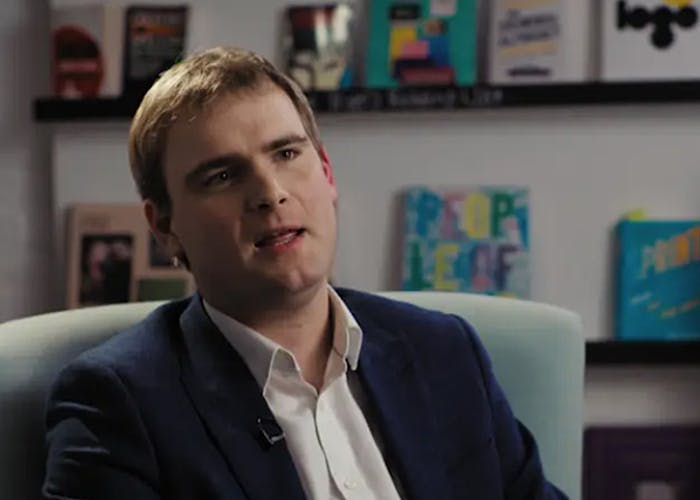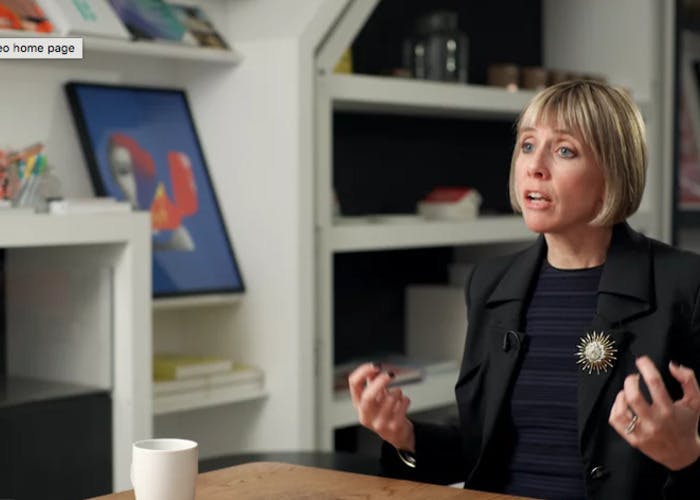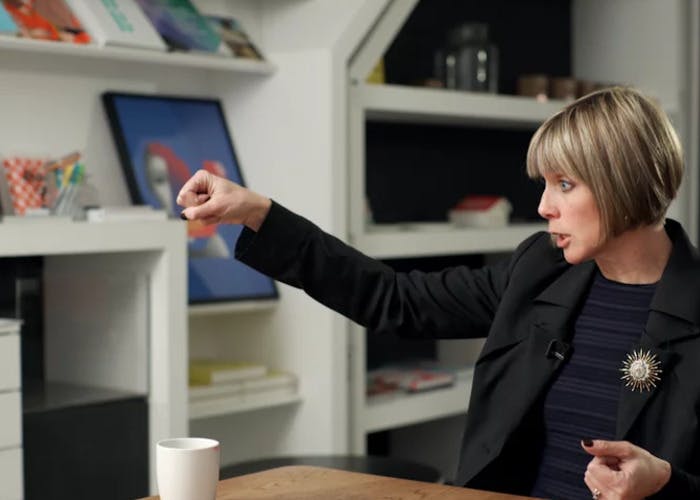Six practical tools for building confidence and self-belief, shared by brain expert Ian Robertson
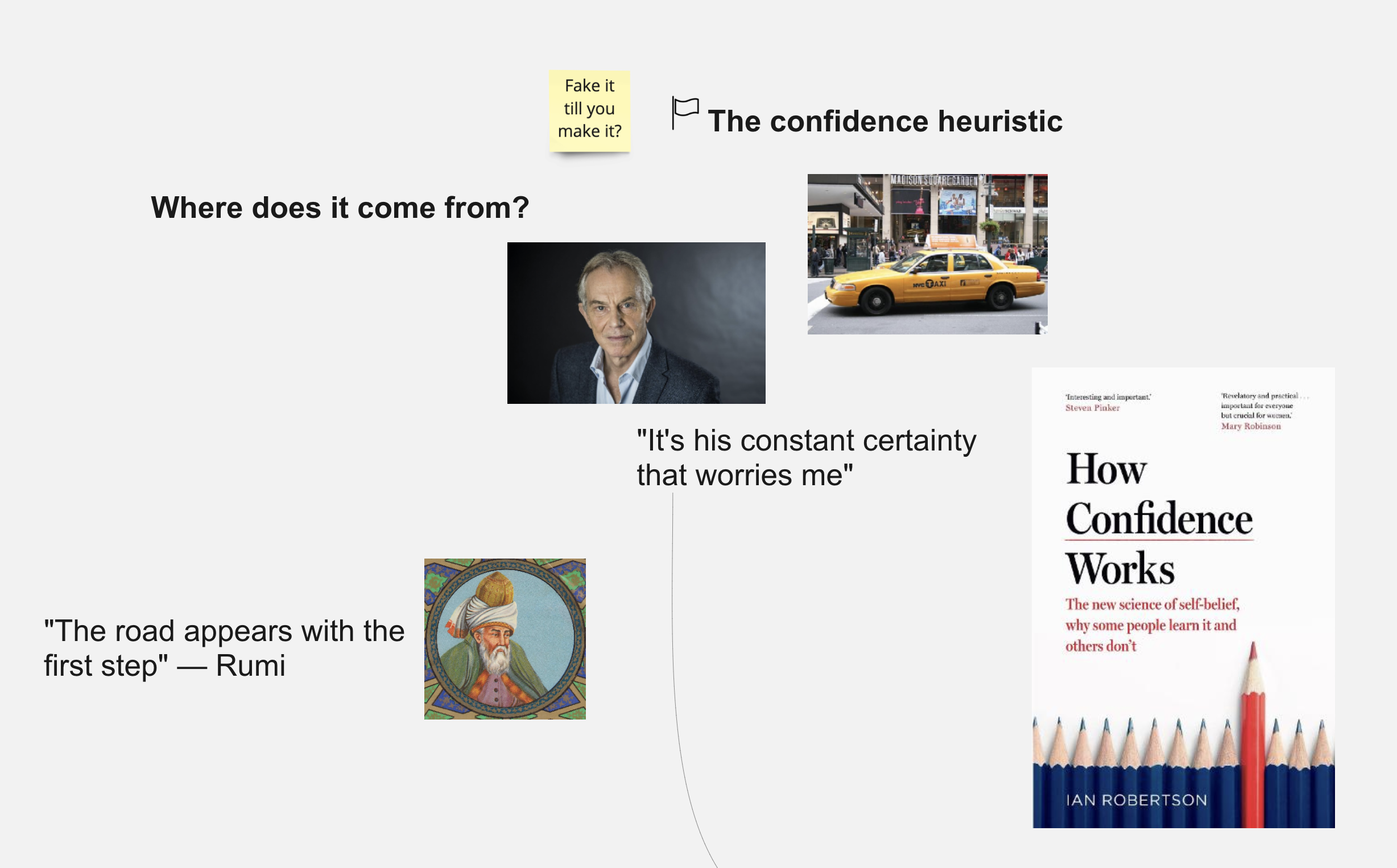
"It's easier to act yourself into a new way of feeling than to feel yourself into a new way of acting,"
Just as serotonin is the happiness hormone, noradrenaline is the confidence hormone, and confident people have a healthy balance of it. Noradrenaline is adrenaline for the mind; a neurotransmitter that boosts alertness, stimulates activity in the brain and readies the body for action, which — as Ian points out in his book — is the foundation for building confidence.
There are natural ways that you can boost your mind’s noradrenaline, and the simplest is regular breathing exercises.
Making some time for a short breathing exercise is a brilliant way to immediately lift your confidence, particularly when you’re feeling anxious (perhaps before a presentation, or difficult conversation). Ian explained how closing your eyes, inhaling to a count of four and exhaling to a count of six for just a minute or two changes the chemistry of your brain; stabilising your mood and making you more alert and focussed.
👉 Try and make simple, intentional breathing a habit and observe the impact it can have at the moments that matter most. There are some brilliant bitesize exercises in our Better Breathing eCourse.
As Ian pointed out, our bodies have a huge effect on our confidence - if we minimise our physical presence, in private or public, it can have a real knock on effect to our self-belief. Just as you can make your brain produce serotonin by holding a pen between your teeth and forcing a grin, you can trick your mind into producing noradrenaline by adopting a 'power pose.' Power posing is the act of adopting a stance of power and confidence; think Wonder Woman or Beyoncé with shoulders back and hands on hips, or Rocky Balboa pumping his fists in the air.
👉 If you're interested in learning more about power posing, we have summarised the research, thinking and advice of body language expert Amy Cuddy in this punchy resource.
No-one gets from A to Z without moving through the rest of the alphabet first: in that spirit, it's time to plan. Set yourself a much smaller goal first (as sub-atomic as you possibly can - if you want to run a marathon without every having jogged in your life, the first goal might be to research running shoes) and take some time to break down each and every step you must take and every obstacle that will get in your way. Instead of visualising the end goal, visualise the steps that will take you there, and when that step has been reached, it’s time to visualise, and complete, the next.
In How Confidence Works Ian cites the work of fellow psychologist Dr. Gabrielle Oettinger, who’s punchy WOOP method (wish, outcome, obstacle, path) supports his thinking and provides a brilliant framework for achieving goals. We wish for something, paint a mental and emotional picture of the outcome, visualise the internal or external obstacles in our way, and finally plan a course of action to overcome the pitfalls and reach your goal. The crux of the idea is ‘mental contrasting;’ juxtaposing the outcome with the obstacles — before practically plotting a course between the two.
👉 Get WOOPing.
Both Ian and Gabrielle Oettinger recommend using ’If > Then’ plans: a simple act of preemptive planning that keeps you on track when inevitable set backs come our way. For example: If I find myself getting nervous before the Monday morning meeting, Then I will do my simple breathing exercise.
👉 Plan out an If > Then statement for a blocker you can foresee, and remind yourself of it regularly. We cover these kinds of 'implementation intentions,' in our live Micro Habits course.
Speaking to ourselves in the third person, a kind of 'confidence mantra,' is a brilliant way to boost confidence and endurance. It may sound a bit silly, but Ian showed us the evidence to back it up. Feeling on edge before a big presentation or a meeting is perfectly normal, and anxiety and excitement have a lot in common physiologically. But if we consciously, and repeatedly tell ourselves (out loud, or with our inner voice) ‘I am excited about this,’ rather than ‘I feel nervous,’ we'll actively impact our mood and attitude.
👉 If you’re keen to learn more about the science of self-speak, this will be a helpful resource. It's drawn from research and writing of fellow psychologist and You Can Now contributor Ethan Kross — all about harnessing the voice in your head.
Have you ever noticed that supporting those around you with praise and actionable feedback makes you feel better about yourself? That’s because we experience a spike of dopamine. Making others feel more confident, in turn helps us to feel the same.
So there's a clear win win here, and a powerful reminder of the importance of being regular and descriptive in the feedback we provide. Make recognition a ritual in your working relationships.
👉 In our Owning Feedback course, we cover the importance of balancing positive praise with more critical feedback, and why the science shows we need to keep to at least a 3:1 ratio. Explore further, in a coming live session.
Good to know
Want to dig deeper into the concept of confidence? Then participate in our popular Building Confidence live course, confidently building on many of the ideas shared here, and led by coach Louise Hedges.
If you'd like to see the Miro board we used to plot our our live session with Ian, and some further quotes and talking points, you'll find it here.
